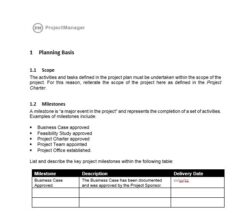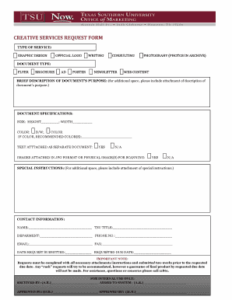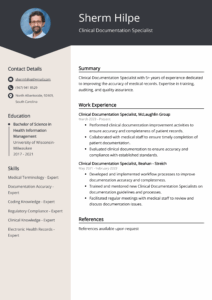So, you’re embarking on a new project? That’s fantastic! But before you dive headfirst into the exciting work, let’s talk about something that might not sound as thrilling, but is absolutely crucial for success: project management documentation. Think of it as the roadmap and instruction manual for your entire project. It keeps everyone on the same page, helps you avoid costly mistakes, and ensures that your project stays on track from start to finish.
Now, I know what you might be thinking: “Documentation? Sounds boring and time-consuming!” But trust me, it doesn’t have to be. With the right approach, and especially with a good project management documentation template, it can actually be a streamlined and valuable part of your workflow. It’s about being organized, proactive, and setting yourself up for success.
This article will be your guide to understanding the importance of project management documentation and how to leverage a template to make the process easier and more effective. We’ll cover the key elements of a good template, the types of documents you might need, and how to use them to keep your projects running smoothly. Let’s get started!
Why Project Management Documentation is Your Project’s Best Friend
Imagine trying to build a house without blueprints. Chaos, right? That’s what managing a project without proper documentation is like. Clear and consistent documentation serves as the foundation for effective communication, collaboration, and ultimately, project success. It provides a central repository of information that everyone involved can access, ensuring everyone is working from the same understanding.
One of the biggest benefits is improved communication. When you have clearly defined goals, roles, and responsibilities documented, there’s less room for misinterpretations and confusion. This can prevent conflicts, reduce delays, and foster a more positive and productive working environment. No more wondering who’s responsible for what, or what the exact scope of the project is. It’s all right there in black and white.
Furthermore, project documentation helps you track progress and identify potential roadblocks early on. By regularly updating your documents with progress reports, risk assessments, and change requests, you can stay ahead of the curve and take proactive measures to address any issues that may arise. This allows you to adjust your plan as needed and keep the project on schedule and within budget.
A well-maintained project management documentation template acts as a historical record of the project. This can be invaluable for future projects, as it allows you to learn from past successes and failures. You can analyze what worked well, what didn’t, and identify areas for improvement in your project management processes. It’s a continuous learning cycle that helps you refine your strategies and achieve better results over time.
Think about stakeholders, too. Stakeholders need to be kept informed. Detailed documentation gives stakeholders confidence in the project. They will be happy that you are managing everything with excellence.
Key Elements of a Solid Project Management Documentation Template
Now that you understand the importance of project documentation, let’s dive into the essential elements of a effective template. A good template should be comprehensive, user-friendly, and adaptable to different types of projects. It’s not about creating a rigid set of rules, but rather a flexible framework that you can customize to meet the specific needs of each project.
First and foremost, your template should include a clear project charter or initiation document. This document outlines the project’s goals, objectives, scope, deliverables, and key stakeholders. It serves as the foundation for the entire project and ensures that everyone is aligned on the overall vision. It defines what success looks like and sets the stage for the project’s execution.
Next, you’ll need a detailed project plan that outlines the tasks, timelines, resources, and dependencies involved in the project. This plan should be broken down into manageable phases and tasks, with clear deadlines and assigned responsibilities. It’s essential to use a project management documentation template to make project planning easier. Tools like Gantt charts or Kanban boards can be helpful for visualizing the project plan and tracking progress.
Risk management is another critical aspect of project documentation. Your template should include a risk register that identifies potential risks, assesses their impact and probability, and outlines mitigation strategies. Regularly updating the risk register is crucial for proactively addressing potential problems and minimizing their impact on the project.
Don’t forget about communication! A communication plan outlines how information will be shared among team members, stakeholders, and other relevant parties. This plan should specify the frequency, format, and channels of communication, ensuring that everyone stays informed about project progress, issues, and decisions.
Finally, your template should include change management procedures. Changes are inevitable in any project, so it’s important to have a process in place for managing them effectively. This process should include a change request form, a review and approval process, and a system for tracking changes and their impact on the project. Using a project management documentation template will help to maintain an orderly workflow.
Using the right project management documentation template helps make project management so much easier. And easier project management means more successful projects.
Consider how much time and effort you’ll save by establishing clear communication channels, mitigating risks, and keeping everyone on the same page. It’s an investment that pays off in terms of efficiency, collaboration, and ultimately, project success.



